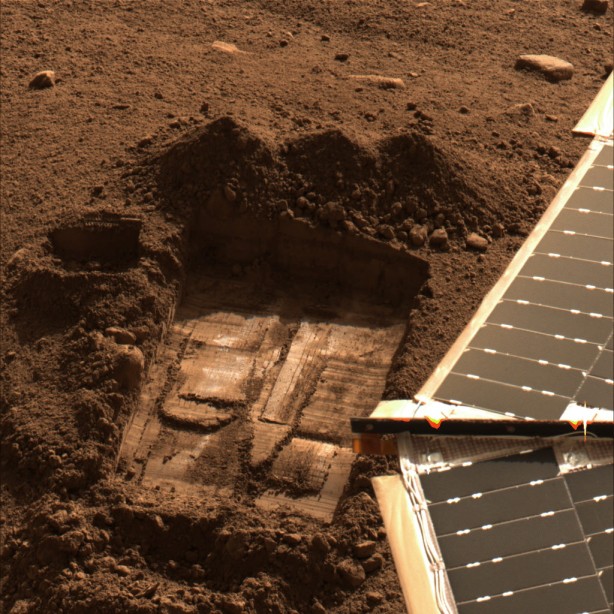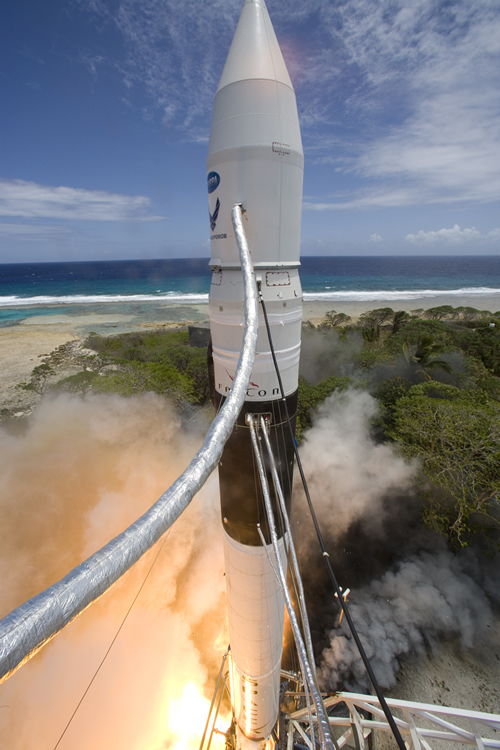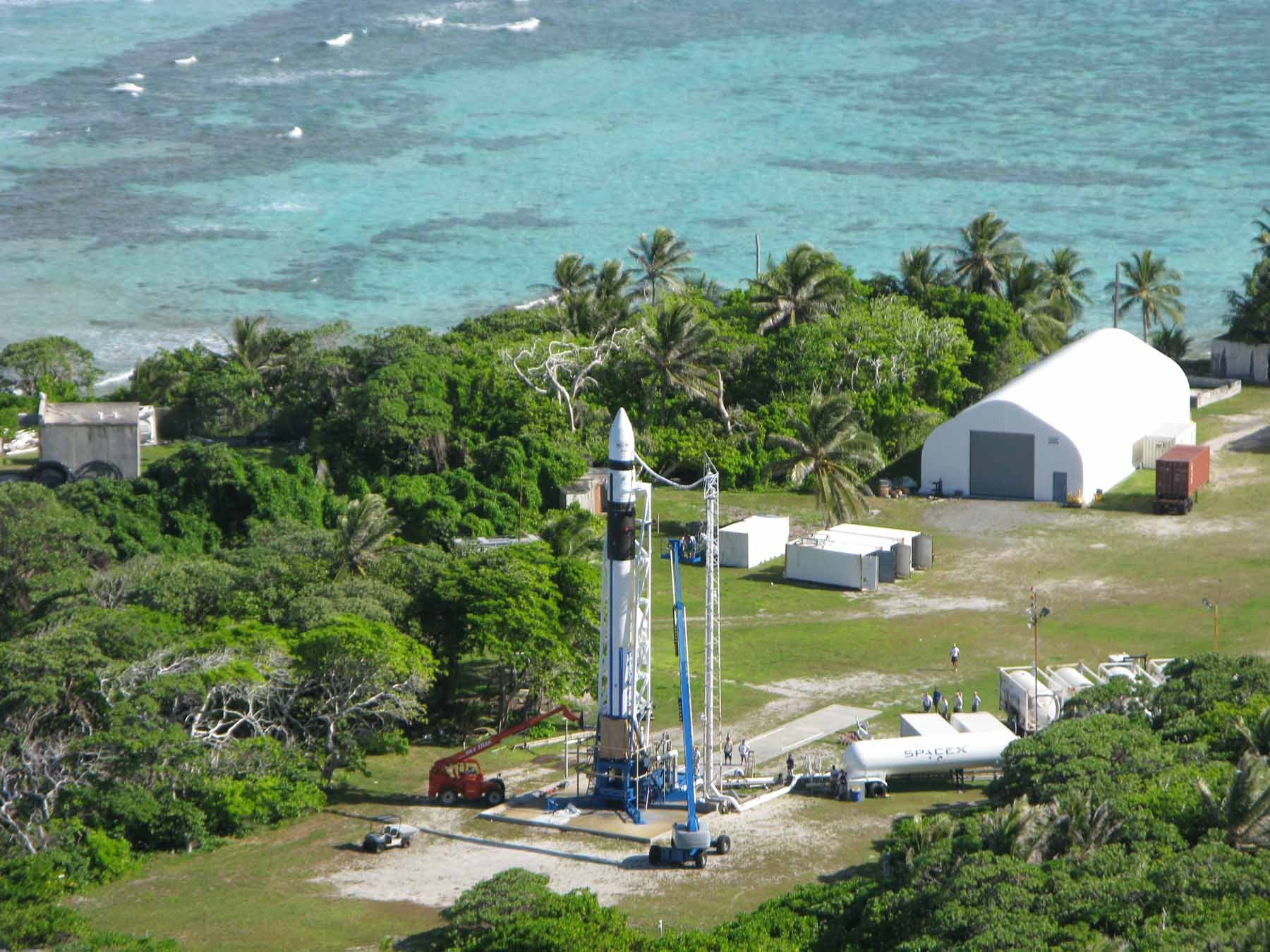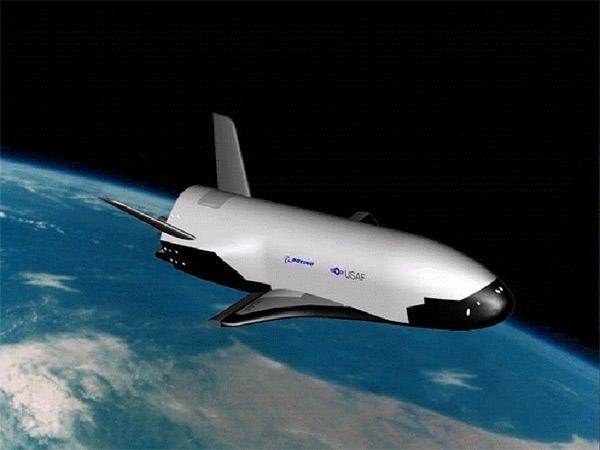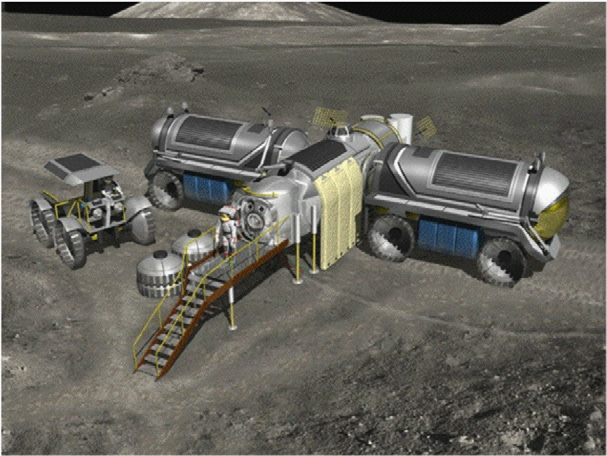[/caption]
Over the weekend, Democratic senator Barack Obama made a public statement during his presidential campaign trail in Titusville, Florida. Whilst responding to a question about oceanic research, Obama elaborated on his plans for the future of NASA. Previously, there have been hints that a possible Obama Presidency would see a reduction in space funding in favour of a boost in education spending. However, Saturday’s statement was followed by some detailed text on Obama’s campaign blog outlining his priorities for the US dominance in space, the possibility of extending the Shuttle’s operations and speeding up development of the Constellation program…
Many will argue that NASA is operating on a shoestring budget as it is under the current Republican US government, so when reports circulated that the Democratic Presidential candidate Barack Obama wasn’t prioritising NASA spending, many became concerned about the bleak future for the space program should Obama be voted in. Republican candidate John McCain has always said that if he is voted in that NASA funding would continue to be a priority.
However, in the most detailed statement yet about his vision for the future of NASA, Obama has stated, “we have an administration that has set ambitious goals for NASA without giving NASA the support it needs to reach them.” This sentiment will be shared by many, not least by NASA officials, who have become very worried about the US position in space. Dr. Michael Griffin, NASA’s Director, is fully aware of the international competition the US space agency is facing. In a recent interview with the BBC, Griffin was realistic about China beating the US back to the Moon. “Certainly it is possible that if China wants to put people on the Moon, and if it wishes to do so before the United States, it certainly can. As a matter of technical capability, it absolutely can.” he said.
Ultimately, NASA is overstretched and under-funded, but will Obama’s promises be followed through after the election campaign trail? Regardless, Obama has some big policy plans indicating his increased interest in space exploration. Firstly, he is highly critical of the current funding situation and voices his concern about the Shuttle-Constellation “5-year gap”:
“And we have to do more than provide short-term relief. We have to secure our long-term prosperity and strengthen America’s competitiveness in the 21st century. One of the areas where we are in danger of losing our competitive edge is our space program. When I was growing up, NASA inspired the world with achievements we are still proud of. Today, we have an administration that has set ambitious goals for NASA without giving NASA the support it needs to reach them. As a result, they’ve had to cut back on research, and trim their programs, which means that after the Space Shuttle shuts down in 2010, we’re going to have to rely on Russian spacecraft to keep us in orbit.”
These points are shared by others. U.S. Senator Bill Nelson recently headed a rally at Cape Canaveral in response to the announced Shuttle retirement job losses, voicing his opinion that once the Shuttle is shelved, NASA will rely on Russia for human space flight. This would have the effect of losing skilled spacecraft engineers in the US, only to provide jobs in Russia. Obama confronts this concern and highlights Nelson’s aims for the future of Cape Canaveral employees:
“We cannot cede our leadership in space. That’s why I will help close the gap and ensure that our space program doesn’t suffer when the Shuttle goes out of service by working with Senator Bill Nelson to add at least one additional Space Shuttle flight beyond 2010; by supporting continued funding for NASA; by speeding the development of the Shuttle’s successor; and by making sure that all those who work in the space industry in Florida do not lose their jobs when the Shuttle is retired – because we cannot afford to lose their expertise.”
Wrapping up his online statement, Obama appears to be devoted to future manned missions to the “Moon, Mars and beyond,” with increased spending toward robotic missions. He also links strong space technology development with improvements in the US economy and world inspiration:
“More broadly, we need a real vision for space exploration. To help formulate this vision, I’ll reestablish the National Aeronautics and Space Council so that we can develop a plan to explore the solar system – a plan that involves both human and robotic missions, and enlists both international partners and the private sector. And as America leads the world to long-term exploration of the moon, Mars, and beyond, let’s also tap NASA’s ingenuity to build the airplanes of tomorrow and to study our own planet so we can combat global climate change. Under my watch, NASA will inspire the world, make America stronger, and help grow the economy here in Florida.” – US Sen. Barack Obama
Whilst many may be suspicious of any Presidential candidate’s visions before they are voted in, it is a relief to know Obama has the drive to increase NASA spending and understands that this will have far-reaching benefits for the US and the world.
Aside: Is it me or are the anti-Obama “Paid for by John McCain 2008” ads on every website these days? Perhaps Obama needs to do some “space advocacy” ads to focus on some of the positive aspects of his campaign…
Source: Obama ’08


